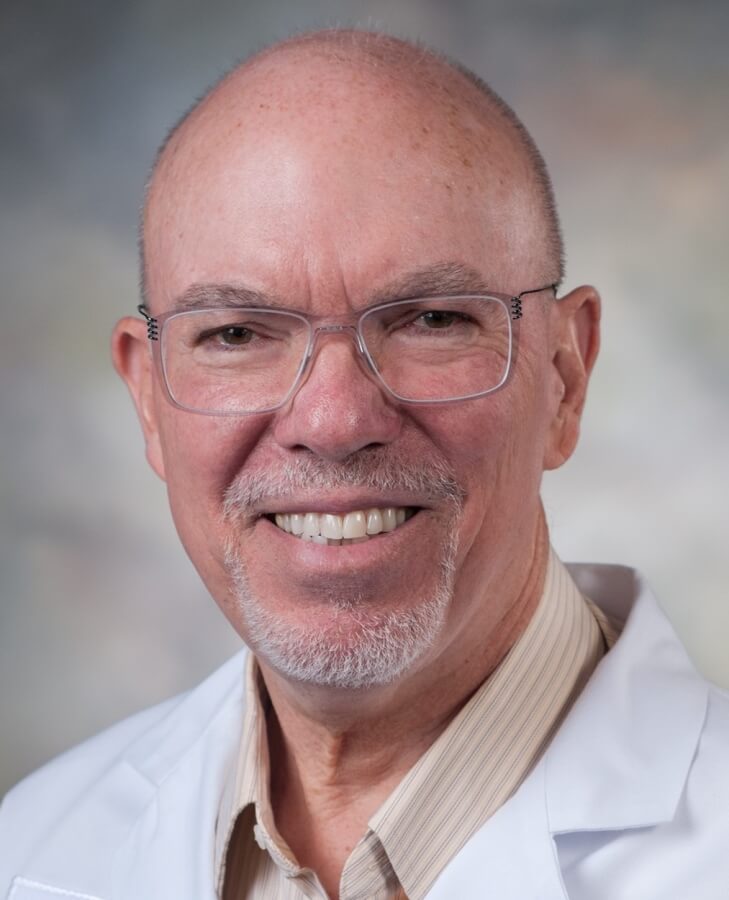
Study finds rapamycin shows greatest longevity effect in 20-year NIH Interventions Testing Program
The first comprehensive review of two decades of research from the National Institute on Aging’s Interventions Testing Program highlights 13 interventions that show promise in preclinical studies for significantly extending lifespan and improving healthspan.
Aging is the major risk factor for most chronic diseases including cancer, cardiovascular disease, neurodegenerative disease and metabolic disorders. Extending healthspan — how long we live without serious disabilities or disease — is a central goal of modern aging research.
Genesis of Interventions Testing Program
Aging research started to gain momentum after the National Institutes of Health established the National Institute on Aging in 1974, with a dual focus on the biology of aging and Alzheimer’s disease and related dementias.
Then, in 2004, the National Institute on Aging established the Interventions Testing Program (ITP), which proposed a different approach to research — testing orally deliverable compounds that have the potential to delay aging and extend healthspan. Prior to the ITP, there was little scientific evidence that any drugs could influence longevity. The Sam and Ann Barshop Institute for Longevity and Aging Studies was selected, along with two other sites, to conduct these studies.

“But that did not mean those drugs did not exist,” said James Nelson, PhD, professor in the Department of Cellular and Integrative Physiology and the Barshop Institute at The University of Texas Health Science Center at San Antonio. Nelson, who has participated in the Interventions Testing Program from the beginning, said the program’s findings could redefine how scientists understand the biology of aging and our potential to change its trajectory.
Breakthrough of rapamycin
A landmark publication in the July 2025 issue of the Journal of Gerontology: Biological Science, is the first comprehensive review of the ITP’s discoveries using genetically heterogeneous mice. The paper’s first author, Nisi Jiang, PhD, who recently graduated from Nelson’s lab, conducted much of the analysis and proposed the idea to compile the landmark review.
The review found that the most effective compound tested through the ITP so far is rapamycin. Rapamycin was chosen because it inhibits the mammalian target of rapamycin (mTOR), a key protein that integrates signals from nutrients and hormones to regulate whether cells prioritize growth or shift toward repair and maintenance. Overactivation of mTOR has been linked to aging and age-related diseases.
“Scientists are beginning to understand that too much emphasis on growth comes at the expense of repair and maintenance,” Nelson said.
Rapamycin was first discovered in the 1960s, after it was isolated from bacteria found in the soil at Easter Island. It was discovered to suppress the mTOR pathway, thereby shunting energy from growth to maintenance. Rapamycin was first highlighted as a potential longevity drug by the Interventions Testing Program. The compound extended the lifespan of animal models by up to 28%, even when delivered in middle age or later in life. Ideally, drugs that extend lifespan would be effective late in life, not something you have to take your entire life,” Nelson said.
Looking ahead
All the ITP’s studies are published, and the data are freely available, hopefully encouraging further investigation and validation of compounds by the broader scientific community.
Nelson noted a surge in interest surrounding longevity and aging research in recent years. In the past three years, the ITP went from an average of four annual proposals to more than 28. Nelson said he’s also seen a significant uptick in PhD candidates entering the field of biology of aging research.
“Students are driven to do something about aging — and it is a delight to mentor them,” he said. “When I was young, I never imagined we’d advance to the point where we have interventions like rapamycin. I like to tell students entering the field, ‘If we’ve come this far in just a couple decades, just imagine what will be next in your lifetime.’”

